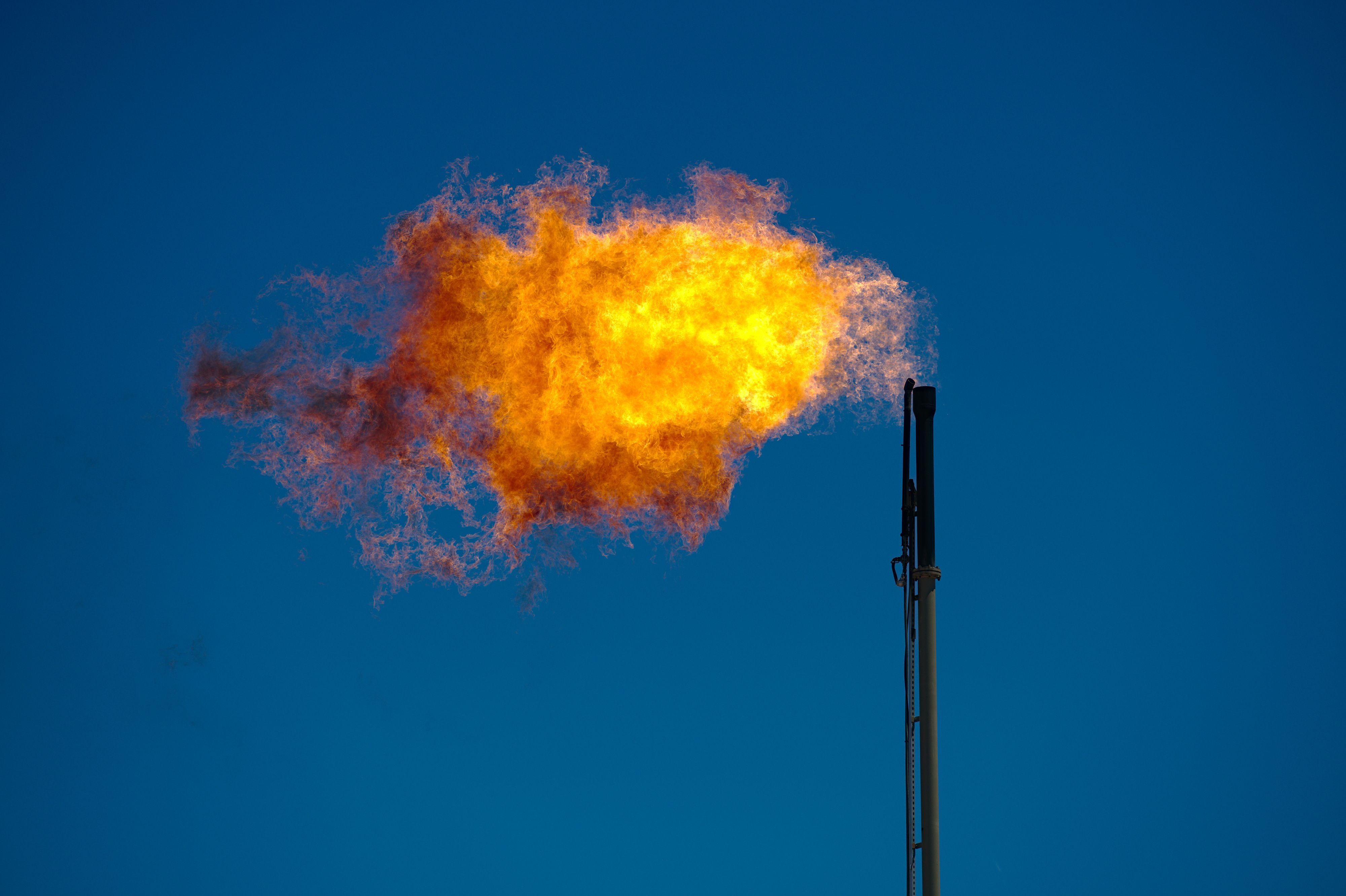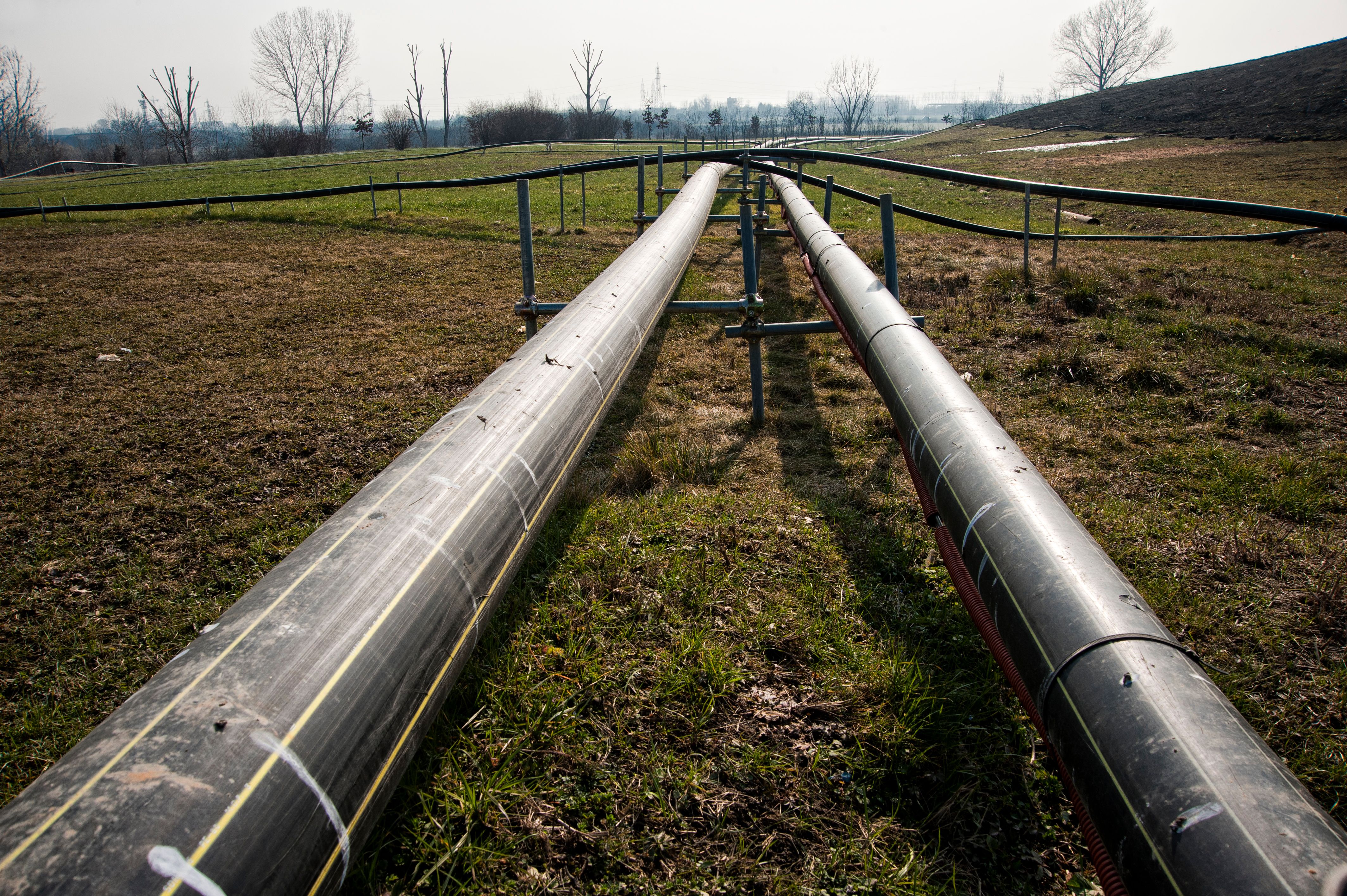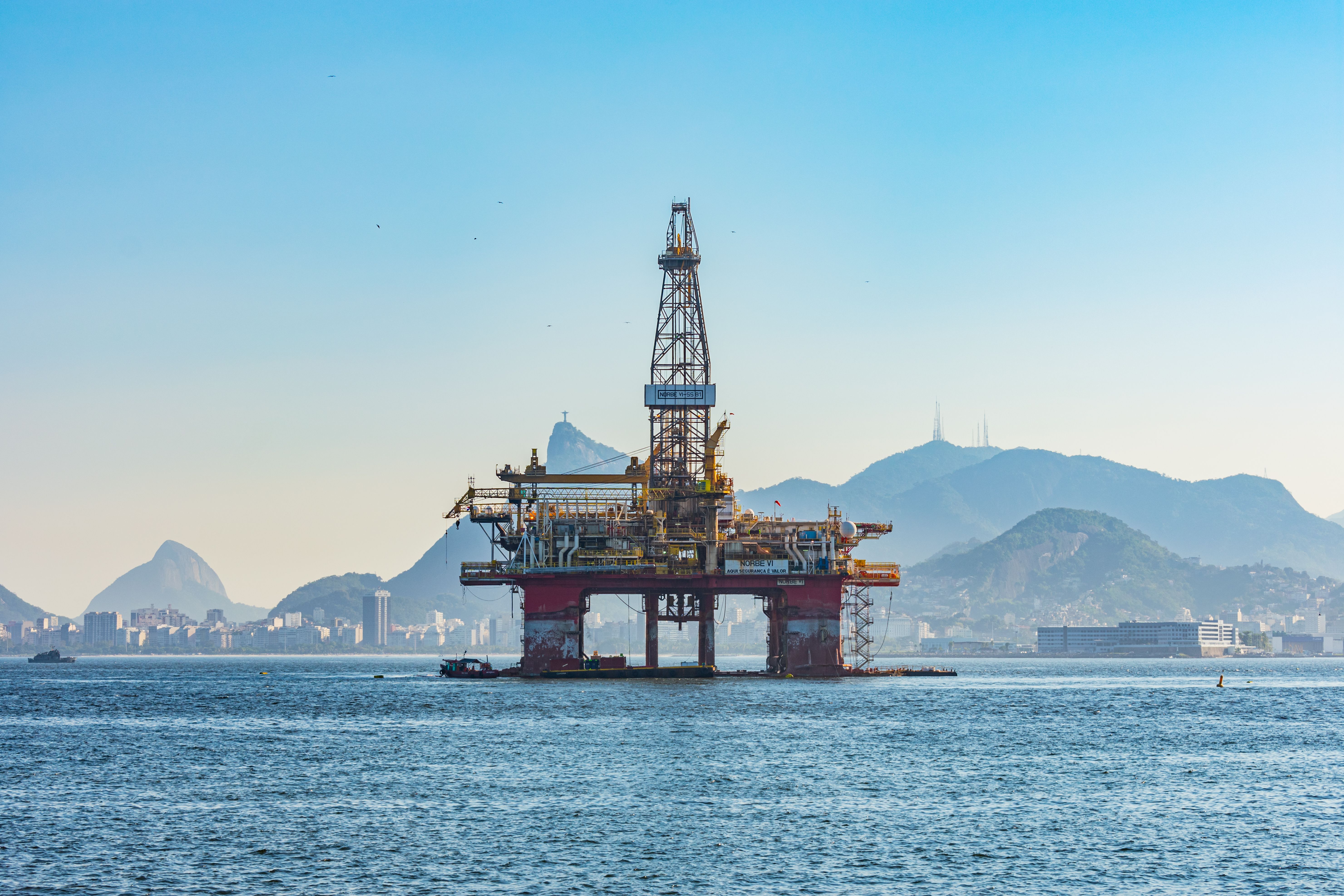What it is
Fugitive emissions make up 68% of methane emissions from South America’s energy sector. These emissions can be reduced by deploying technology to monitor for leaks and reduce fugitive emissions at different stages of the oil and gas production and distribution process.

Where can it be used
Places where natural gas is extracted, refined, and distributed.
How it works
As a first step, oil and gas companies, as well as natural gas utilities, can deploy leak detection systems—including satellite imaging cameras, surface emissions monitoring devices, and optical imaging or infrared cameras—to identify and repair sources of fugitive emissions. Checks must happen regularly, ideally on a monthly basis, to minimize leaks.
Another way to reduce emissions is to reduce routine gas venting and flaring. Equipment that requires venting can be placed with machinery that does not. At the same time, flaring efficiency standards can control emissions from flaring. Flaring can also be limited to only cases where it is absolutely essential.
Who’s doing it
Various South American countries are taking steps to reduce fugitive emissions. For example, Argentina has national rules that limit use of flares with some Argentine provinces imposing additional restrictions in their jurisdiction.
Since signing the Global Methane Pledge in 2021, Colombia has become a South American in regulating methane emissions from leaks and flaring in the oil and gas sector. In 2022, the national government passed a regulation to limit methane emissions from exploration and production of oil and natural gas. The regulation requires oil and gas companies to install leak detection and repair systems. It also requires them to install recovery units that use pneumatic pumps to capture emissions as energy is generated with natural gas and natural gas is flared.

Policy considerations
Laws, policies, and regulations
Governments must adopt standards and regulations that push the oil industry to repair old infrastructure, monitor for leaks, reduce flaring, and adopt more efficient technologies. They can also adopt laws that place more stringent standards on equipment in new developments in order to reduce flaring and methane.
Governments can also consider legislation mandating specific emissions reductions in the oil and gas sector, including fines and penalties for companies that do not reduce emissions. Based on a study of policies related to reducing flaring and venting in 28 jurisdictions, the World Bank’s Global Gas Flaring and Reduction Partnership recommends that penalties “be established at a sufficiently high level to make the alternative of investing in flaring and venting reduction more attractive than paying the penalty.”
Additionally, policymakers can set standards for monitoring and reporting on methane emissions from different types of equipment and different activities. At the regional and municipal level, governments can also put in place requirements related to reducing emissions from publicly owned natural gas distribution networks.
Coordination and Collaboration
In many countries, multiple agencies and ministries play a role in regulating fugitive emissions. Coordination is critical for success.
Additionally, consulting oil and gas companies for their input on new legislation and regulations from the get-go can help ensure the rules are suitable for the local context. Governments can also support companies in reducing methane leaks by creating knowledge-sharing initiatives for companies to learn about best practices.
Enforcement
Without dedicated resources for enforcement, laws and regulations may have little impact. In Ecuador, for example, a provincial court ordered oil companies to eliminate gas flares in 2021; however, due to a lack of enforcement, gas flares had increased by April 2023.
In addition to dedicating resources to enforcement, governments can lay the groundwork for enforcement with laws that empower regulators to conduct site inspections and enforce standards related to flaring and links, in addition to requiring regular recordkeeping and reporting by oil and gas companies.

Measuring the problem
For governments to act effectively, track the impact of policies, and ensure compliance, they need an accurate baseline measurement of methane emissions along with ongoing monitoring. To obtain comparable data, governments can develop required methods and procedures for measuring and reporting on fugitive emissions from flares and leaks. The World Bank’s Global Gas Flaring Reduction Partnership recommends requiring companies to maintain daily logs and report on these emissions at regular intervals. It also recommends regulations include clear guidance on the level of detail required for the data.
Transparency
Disclosing data to the public can help keep companies accountable. For example, Brazil and Colombia regularly publish data on flaring and venting. Additionally Ecuador’s national oil company reports on its fugitive emissions in annual sustainability reports.
Financial incentives
Through a carbon tax or other financial mechanism, governments can create financial incentives for companies to reduce leaks.
Funding and technical support
The effort made by Colombia is a result of a collaboration between the Ministry of Mines and Energy and the Clean Air Task Force (CATF) since 2016, who supported the capacity building program about methane in the sector. CATF has also supported the government of Ecuador on its pledges and commitments.